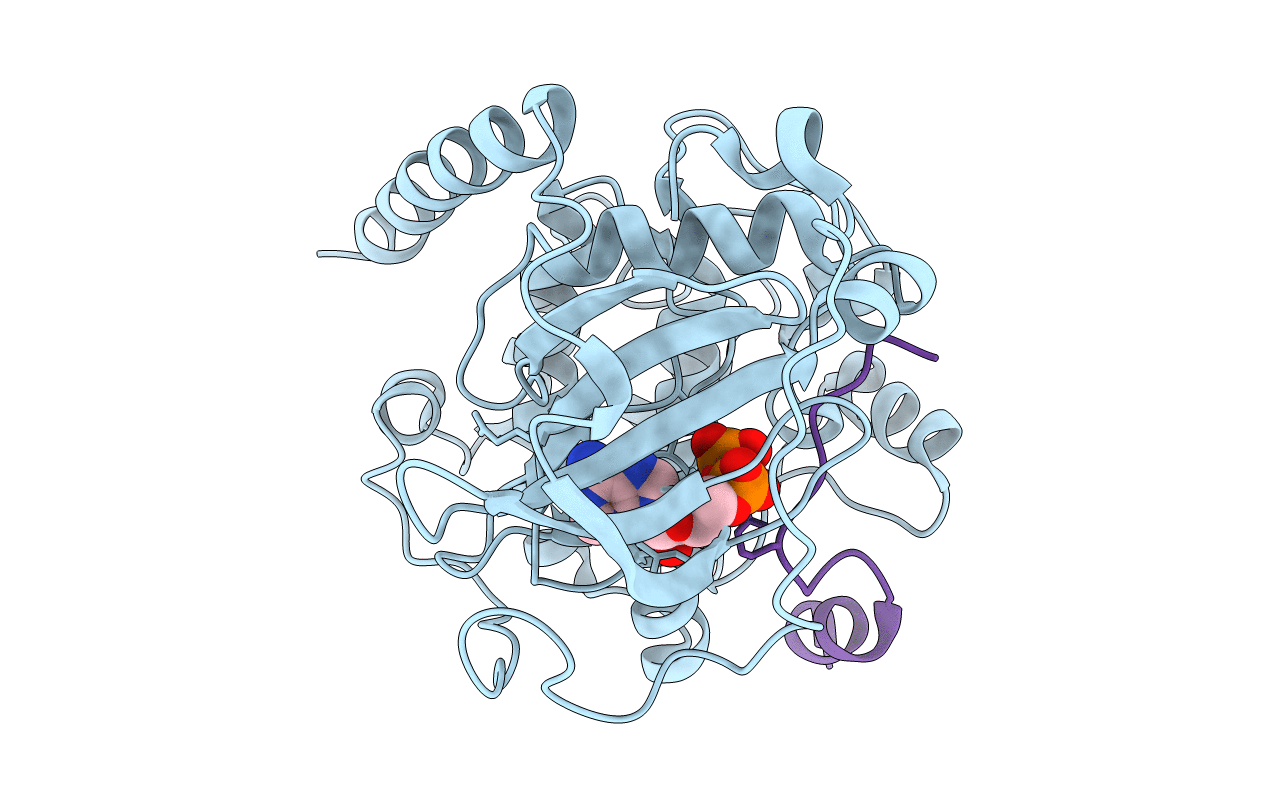
Deposition Date
2007-08-06
Release Date
2008-07-29
Last Version Date
2024-10-16
Entry Detail
PDB ID:
2QUR
Keywords:
Title:
Crystal Structure of F327A/K285P Mutant of cAMP-dependent Protein Kinase
Biological Source:
Source Organism:
Mus musculus (Taxon ID: 10090)
Host Organism:
Method Details:
Experimental Method:
Resolution:
2.50 Å
R-Value Free:
0.26
R-Value Work:
0.21
Space Group:
P 21 21 21


